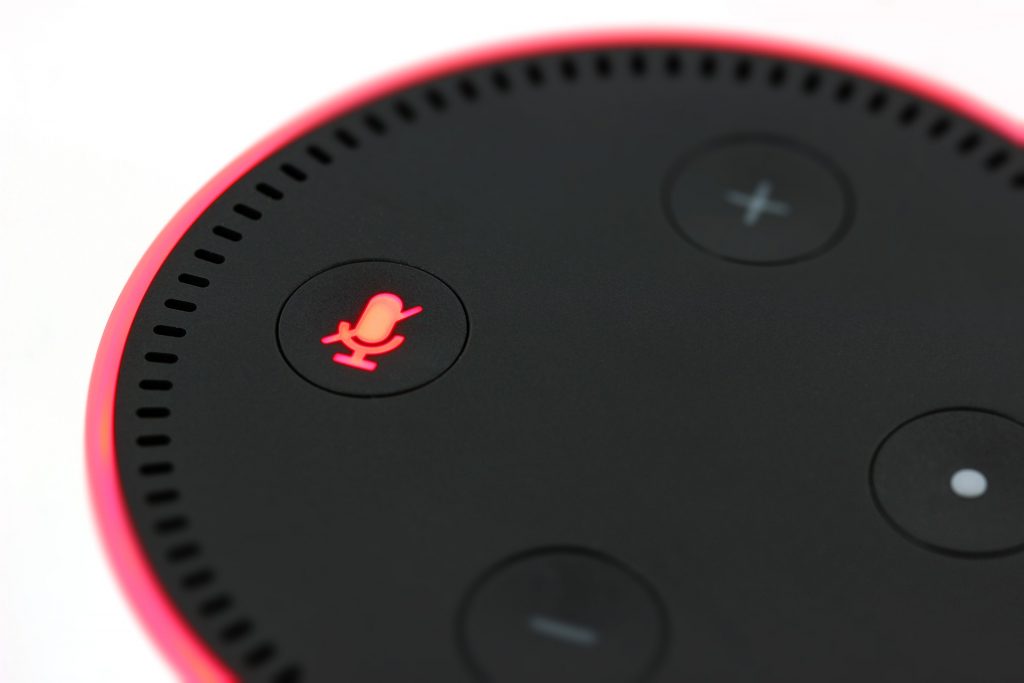Who controls your enterprise endpoints? It’s a simple question with a not-so-simple answer. Of course, if your company owns the device, common sense dictates that your company controls the device. But, Amazon’s recent erroneous banning of a device user throws this question into relief, especially as the Internet of Things (IoT) grows in value and business importance, says Carsten Rhod Gregersen, founder and CEO of In a blog post, this customer described being wrongfully accused of an altercation with an Amazon delivery driver. Within hours, Amazon severed access to the customer’s Echo device and thereby the connections that powered their smart home. This story goes beyond a mere technological mishap. Rather, it highlights how customers and enterprises are surrendering control of their devices to tech corporations and what they can do to get it back. Let’s explore. While this story is an outlier, it is equally an important exercise in “what if”. After all, enterprises are more regularly relying on devices in business-critical settings. IDC predicts investment in the IoT ecosystem will surpass $1 trillion (€0.93 trillion) in the next three years. The question of who can do what with your devices has never been more important. In this case, Amazon demonstrated that it can terminate its connections and services at will. The user’s Amazon account was locked and their Echo devices logged out. The error was quickly noted and rectified after an internal review, but it demonstrates the sweeping powers of centralised tech ecosystems. Thankfully, the incident was nothing more than an inconvenience for the user, but the impact of this inside the enterprise could be far more costly. Business devices are often interlinked and rely on one another to function properly. Further, about four out of five enterprise devices handle sensitive data. These sensors and devices are core to day-to-day operations. Again, extrapolating this incident further, it highlights the need for businesses to store data under their own lock and key, as well as customize their connections to enjoy full device control. So, what can businesses do about it? One way they can take back device control relates to storage. Instead of storing their data in the cloud, and thereby further centralising their service, businesses should opt for storage at the edge. This architecture enables client data processing to occur at the network’s periphery near the data source. And this brings a multitude of benefits. First, there’s cost efficiency. Storage costs money and the cloud is no different. Enterprises can therefore bring costs down by transitioning to the edge and storing data themselves. Further, there’s less latency. Data is closer to the source and this means fewer transmission delays. This also makes the setup more developer friendly they own the storage location and therefore only need to focus on the client and device. By 2025, more than 40% of enterprise storage will be at the edge, a significant increase from 15% in 2022. In addition to the benefits above, businesses enjoy enhanced efficiency, productivity, network resilience and location flexibility. Better yet, enterprises that switch to the edge today can get ahead of this trend. Ironically, the user in question also stored their data at the edge and, as a result, faced fewer connectivity issues in the aftermath of Amazon’s decision. The user hosts various local services and relies on local devices. So, they merely lost the ability to use Amazon Echo devices via Alexa. While this doesn’t take away from the corporation’s overreaction, it does illustrate that simple customisations can wrest back some control. Another good way to stay in control comes down to the connection. It’s possible to bypass the cloud middleman and communicate directly with your devices by tailoring the connection type. For example, peer-to-peer (P2P) connections enable fast, secure, and straightforward communication between end-user clients and devices. Notably, IoT platforms with this approach pose no problems with firewalls or dynamic IP addresses and allow remote device control from any location. This solution is equally important since there are question marks over what corporations do with device communication information. Privatising your connection ensures this information is for your eyes only. In addition to real-time and private commands, P2P connections also guarantee that your information cannot be used for marketing or sold to third parties. Finally, it’s worth briefly considering the digital twin. Usually, device giants create “digital twins” or “shadow devices” to relay information between the client and the device. These are virtual representations in the cloud that reflect the physical devices. They sync data from the device to the cloud and, when the user wants to communicate with the device, it’s actually via this digital twin. Tailoring the device connection in favour of P2P removes the need for these digital depictions. Instead, enterprises can communicate directly with the device itself, saving on cloud costs and offering more control. This is a cautionary tale. Devices hold too much power in the enterprise for their independence to be called into question. In my view, there is no harm in tailoring specific elements like storage and connection to keep control of what’s yours. By following the above steps, businesses can enhance security, reduce costs and call the shots when it comes to their devices. It’s time for enterprises to prioritise ownership and control over the devices they rely on. I believe that if you paid for a device, you should own it. Likewise, you should control it. The author is Carsten Rhod Gregersen, founder and CEO of Nabto. Comment on this article below or via Twitter: @IoTNow_OR @jcIoTnowYour privacy, your security
Choose storage and processing at the edge

Take control of the connection

It’s time for enterprises to take control of their devices










